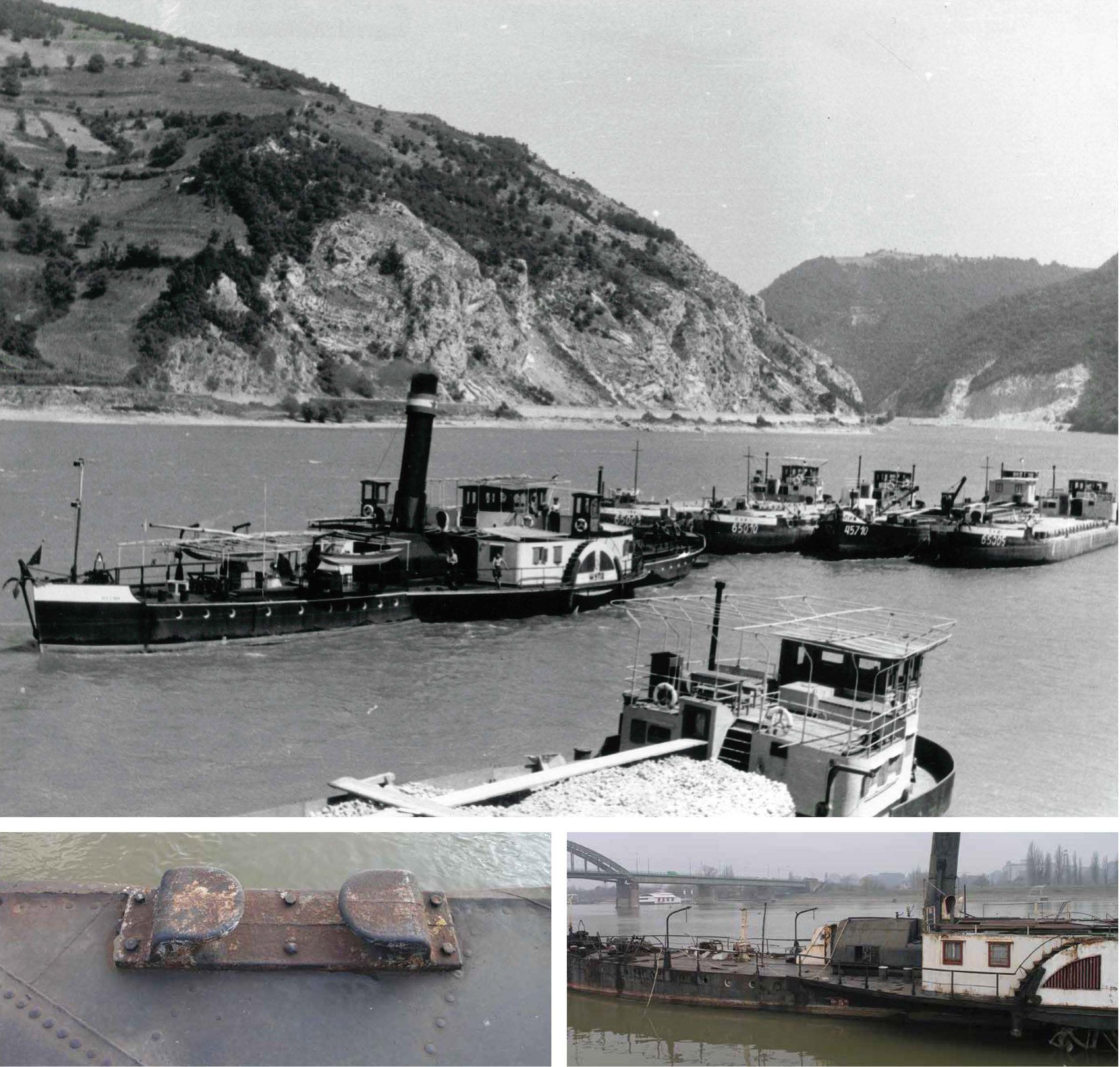The Fourth Journey
Steam tow boat Župa
Ordered by: Erste Donaudampfschiffahrtsgesellschaft (DDSG)
Place and time of production: Obuda, Budapest, Austria-Hungary, 1913
Dimensions (m): 56 (59.33) . 7.2 (13.80) . 2.2 (10.26)
Inventory number: Т:18.430
It has been a long time since the steam ships had stopped sailing on the rivers of Serbian Podunavlje. For almost half a century they have only been a part of the history of once great and for economy especially important, river fleet of Serbia and Yugoslavia. Luckily, four steam ships have been preserved in Serbia: passenger ship Car Nikola II and tow boats Srbija, Vojvodina and Župa. They survived thanks to their owners who, after they were withdrawn from traffic, found other uses for them, but also thanks to the legal protection by the Museum of Science and Technology, which, together with five more historically significant ships, registered them as the cultural heritage of the Republic of Serbia.
During its long and tumultuous life, the steam ship Župa has changed its owners, and with them its name as well. In 1913, it sailed for the first time as Una; as an armed warship S.M.S. Una, it participated in the bombing of Belgrade during General Mackensen’s offence in 1915; as Munka, it sailed the Hungarian waters in 1919 and since 1922, it sailed as part of the Romanian fleet as Cozia. It was sunken in the Danube two times — in 1919, near Paks, around 110 km downstream from Budapest and in 1944, near Stari Slankamen, where it had hit a mine. It was refloated and restored in 1945, when it was given the name Župa, which it still carries. In the summer of 2015, Župa was included in the Fund of the Museum of Science and Technology, as donation by the company Ivan Milutinović — PIM from Belgrade.
At the Sava river, in Makiš near Belgrade, Župa is still waiting for reconstruction and the start of its new life as a museum-ship.




